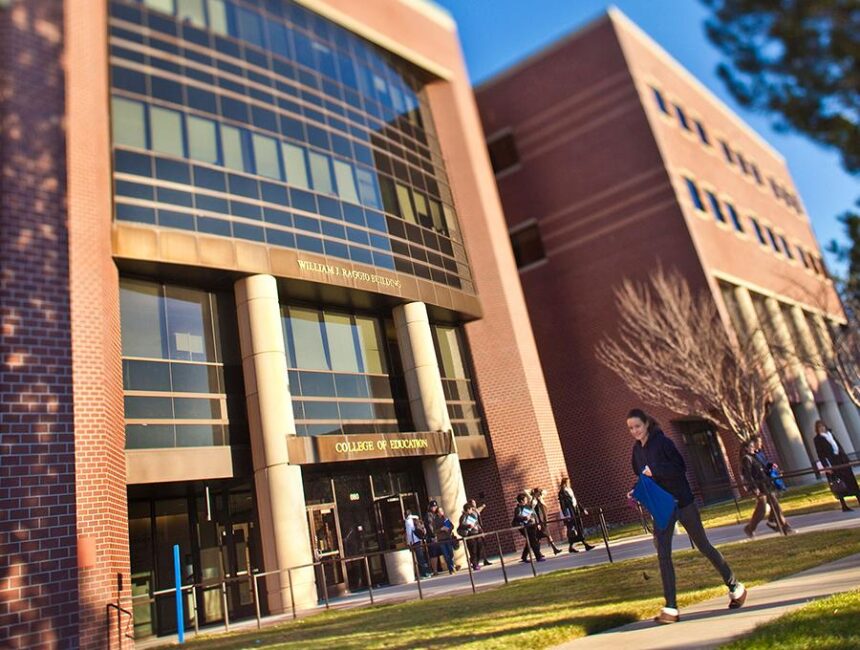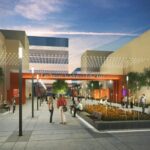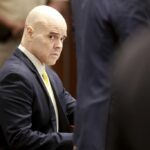Nevada’s higher education institutions are set to benefit substantially from a new federal investment, as NASA awards a $750,000 grant to support advanced research and development initiatives across the state. The funding aims to enhance STEM education, foster innovation, and provide students and faculty with expanded opportunities in aerospace and related fields. This grant marks a pivotal step in strengthening Nevada’s role in the nation’s dynamic space exploration and technology sectors.
Nevada Colleges to Boost Aerospace Research with New NASA Funding
Several Nevada-based higher education institutions have been awarded a total of $750,000 from NASA to advance aerospace research initiatives. This important grant will fund cutting-edge projects related to satellite technology, propulsion systems, and space environment simulations.By integrating state-of-the-art laboratories with expert faculty and student researchers, these colleges aim to foster innovative solutions that contribute to NASA’s long-term exploration missions and national aerospace capabilities.
The funding allocation will support diverse research priorities, including:
- Development of lightweight materials for spacecraft construction
- Testing of new thermal protection systems
- Creation of software tools for autonomous drone navigation
Below is an overview of the participating institutions and their focus areas:
| Institution | Research Focus | Grant Amount |
|---|---|---|
| University of Nevada, Reno | Satellite communication systems | $300,000 |
| College of Southern Nevada | Propulsion and fuel efficiency | $250,000 |
| Truckee Meadows Community College | Space environmental testing | $200,000 |
Grant Enables Expansion of STEM Programs and Student Opportunities
The recent injection of $750,000 from NASA will significantly bolster STEM education across Nevada’s higher education institutions. This funding is earmarked to advance hands-on learning experiences, industry partnerships, and cutting-edge research projects. Key initiatives include:
- New laboratory facilities equipped with the latest technology for robotics and aerospace studies.
- Internship programs that connect students with NASA and private space companies.
- Workshops and seminars featuring leading scientists and engineers from the STEM community.
Beyond infrastructure and partnerships,the grant aims to drive enrollment and retention by creating inclusive opportunities that bridge academic theory with real-world application.The impact is expected to reach:
| Academic Year | Projected Student Reach | Types of Programs Supported |
|---|---|---|
| 2024-2025 | 1,200+ | Undergraduate Research & Internships |
| 2025-2026 | 2,000+ | Graduate Fellowships & Innovation Labs |
Collaborative Projects Aim to Strengthen Workforce Development in Space Science
The recent $750,000 grant awarded by NASA marks a transformative step in enhancing space science education across Nevada’s higher education institutions. By fostering collaboration among universities and technical colleges, the funding supports innovative training programs designed to equip students with cutting-edge skills essential for the evolving aerospace sector. This coordinated approach aims to bridge the gap between academic learning and industry demands, ensuring graduates are prepared for high-impact careers in space exploration, satellite technology, and planetary research.
Key initiatives funded by the grant include:
- Development of interdisciplinary curricula integrating robotics, astrophysics, and data analytics.
- Creation of internship pipelines with leading aerospace companies and NASA centers.
- Investment in state-of-the-art laboratory facilities and research opportunities.
- Establishment of workforce mentorship and career development workshops.
| Institution | Focus Area | Project Highlight |
|---|---|---|
| University of Nevada,Reno | Astrophysics & Data Science | AI Models for Space Data Interpretation |
| Nevada State College | Robotics Engineering | Design of Autonomous Space Rovers |
| Truckee Meadows Community College | Technical Training | Hands-on Satellite Assembly Workshops |
Recommendations for Maximizing Impact of Federal Grants in Higher Education
To fully leverage federal grants like the recent $750,000 awarded by NASA to Nevada’s higher education institutions,it is crucial to adopt a strategic approach that aligns funding with both immediate and long-term educational goals. Institutions should prioritize establishing cross-departmental teams to manage grant projects, ensuring expertise from research, management, and student services collaborates effectively. This multidisciplinary coordination maximizes resource allocation and streamlines compliance with federal guidelines, fostering openness and accountability.
Additionally, schools can amplify the grant’s impact by focusing on these key areas:
- Innovation in Curriculum Development: Integrate NASA-funded research components into STEM programs to inspire real-world applications and enhance student engagement.
- Community and Industry Partnerships: Forge alliances with local businesses and aerospace stakeholders to expand internship and employment opportunities for graduates.
- Data-Driven Outcomes: Implement robust evaluation frameworks to track progress,measure success,and identify areas for continuous advancement.
| Advice | Expected Impact |
|---|---|
| Interdisciplinary Project Teams | Enhanced collaboration & efficient grant utilization |
| Curriculum Integration | Increased student engagement & industry relevance |
| Industry Partnerships | Expanded career pathways & community impact |
| Outcome Tracking | Data-driven decisions for continuous improvement |
In Retrospect
The $750,000 grant from NASA marks a significant investment in Nevada’s higher education institutions, fostering advanced research opportunities and STEM development across the state.As these schools leverage the funding to enhance their programs and facilities, students and faculty alike stand to benefit from increased resources and collaboration with one of the world’s leading space agencies. This partnership not only underscores NASA’s commitment to nurturing the next generation of scientists and engineers but also positions Nevada as a growing hub for innovation and aerospace education.







